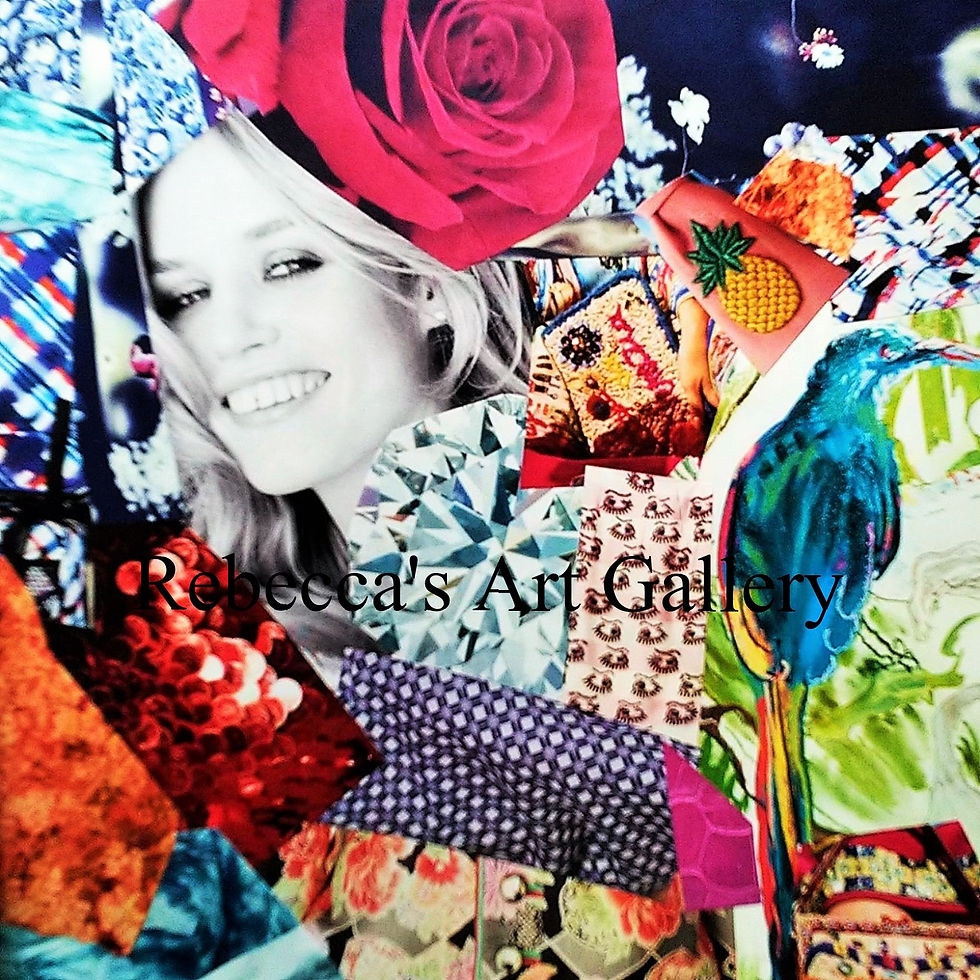THE SURREALITY OF THE REACTIVE MIND.
- Rebecca

- Dec 1, 2017
- 2 min read
Updated: Jul 13, 2023
As a little girl I came to the fascinating conclusion that all the bad memories a person possessed in life was stored somewhere deep and dark within the mind. I used to call it the "Dark Chamber"- the stuff of nightmares.
The Surrealists believed that each morning every family, women and children, if they have nothing better to do, should tell each other their dreams. It was viewed by them that we are at the mercy of the dream and we owe it to ourselves to submit its power to the waking state.
Surrealism was launched by the French poet Andre Breton in 1924 and the word itself coined by Guillaume Apollinaire to describe something that exceeded reality. In the first manifesto of Surrealism (1924) Breton wrote: "Thought expressed in the absence of any control exerted by reason, and outside all moral and aesthetic consideration."
Surrealism sprung from Dada, "As beautiful as the chance meeting on a dissecting table of a sewing machine and an umbrella", and was one of the most popular movements of the twentieth century. It's intention was to liberate the unconscious, reconcile it with the conscious, and free mankind from the shackles of logic and reason.
The familiar was made unfamiliar, automatic writing and drawing came into existence and a dream-like fantasy was levelled with reality.
During this period, Frottage (rubbings) was introduced, the past was desecrated, erotic dreams were addressed and photography had dual status as both document and art.
We've all seen images of Dali's lobster telephone and Mae West's lip sofa. It's a recipe of a dream and reality, brought into a sort of absolute reality, of Surreality. It's ideology was rooted in Freud's theories.
With automatic writing- or drawing- it released the mind from conscious control so that images from the subconscious could float to the surface. Unusual juxtaposition displacement and fetishization is what rose from the murkiest depths of the mind.
I wonder, was it rational that a movement should abandon reason?
Was it essential?
Was there any hidden logic in this?
Most of all, did it really matter?
To the Surrealists, it didn't matter!
That was the point!
Max Ernst was the first and most successful practitioner of what might be called artistic Freudianism. He'd take rubbings from worn floor-boards and other surfaces, using black lead. Some of the images he created were mysteriously beautiful and suggestive. The method avoided conscious control and thus bypassed all questions of taste or skill. His rubbings were unusually cut and arranged.
It was Max Ernst who inspired and influenced me to keep my own collage novels or should I say, my ready-made realities. My creations are more dreamlike and not bordering the nightmare like the Surrealists created.


Comments